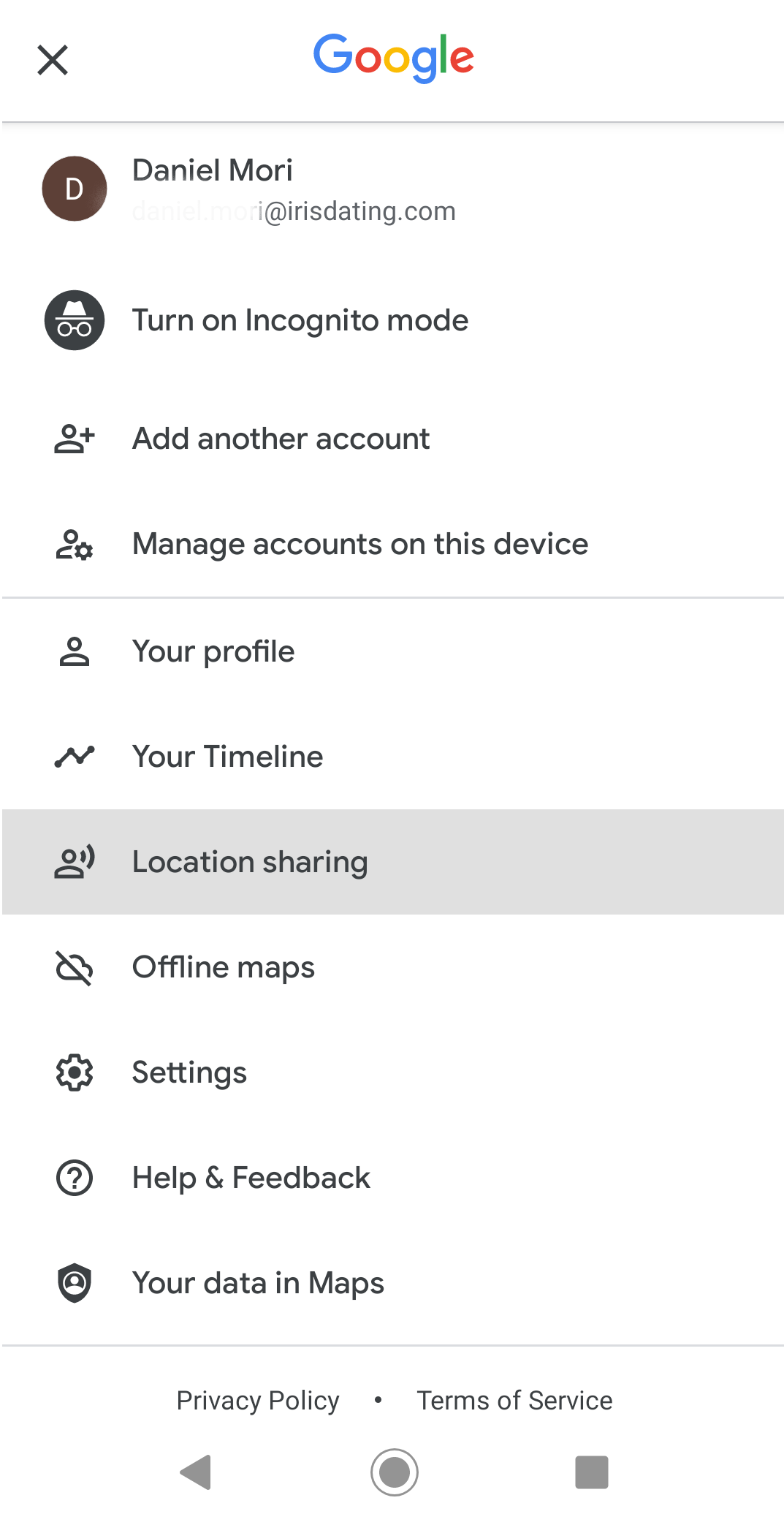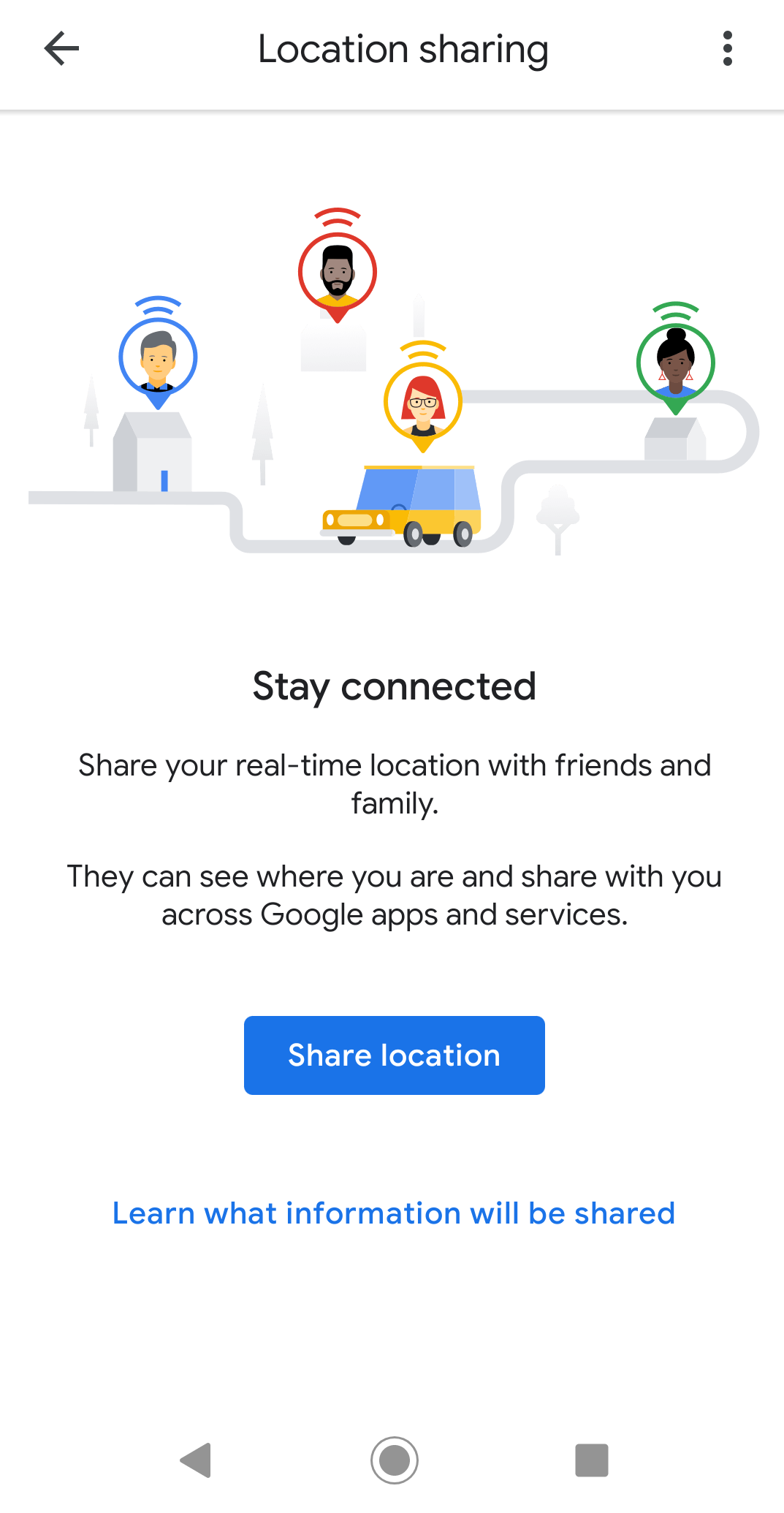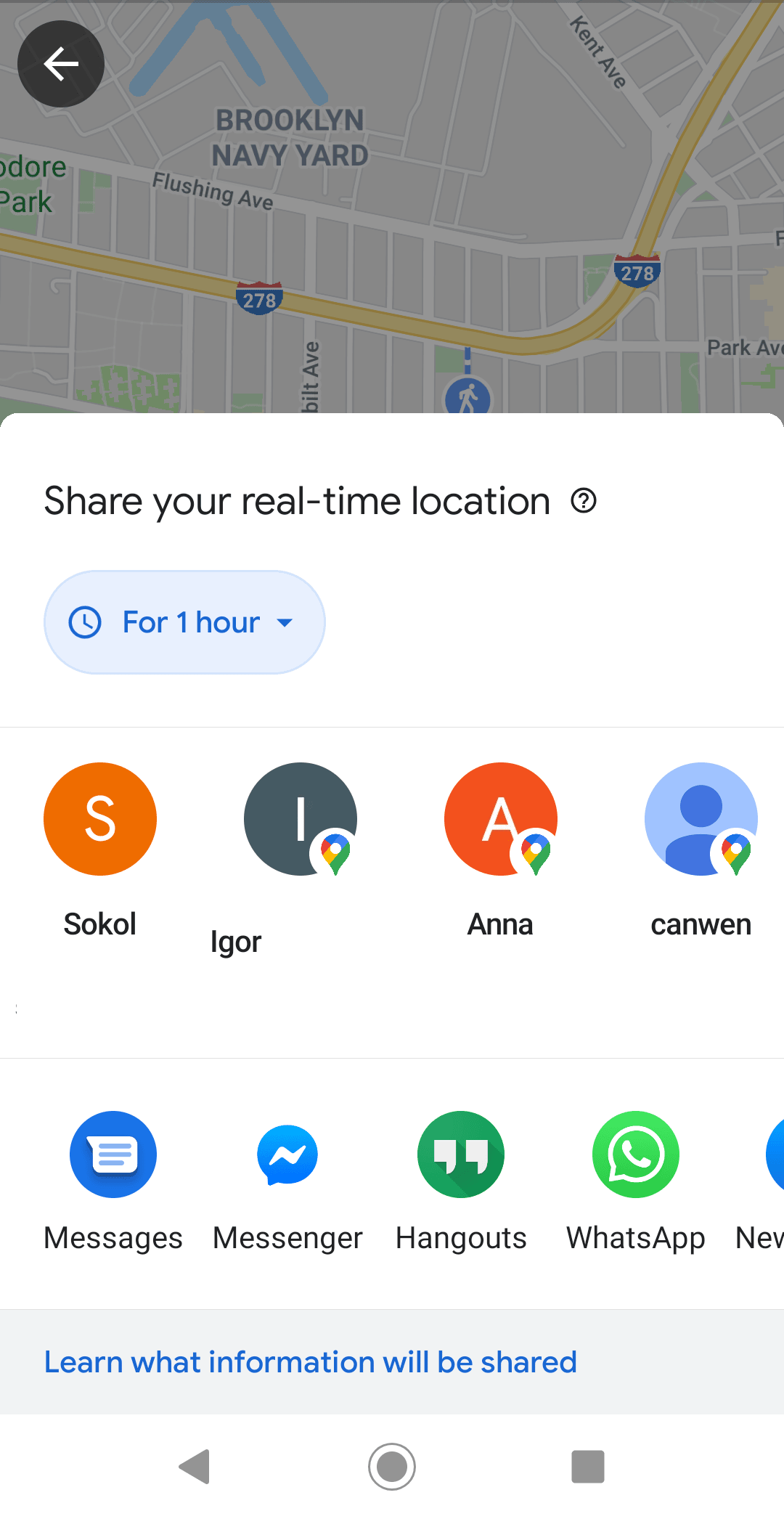How To Turn On Your Phone's Location Sharing During a Date
Most technological advancements — no matter how positively disruptive — tend to have unwanted consequences. Digital dating has taken the world by storm: after a phase of gradual growth in the late Nineties and Twenty-ohs, it has boomed in the Tens on the coattails of social networking and smartphones.
One of the least understood impacts of the recent proliferation of dating apps has been on the physical safety of users who decide to meet in person after connecting online. Like most social media platforms, online dating communities offer opportunities for predators; on the other hand, a stranger is a stranger even when initially met offline — at a bar, a club or a sporting event.
According to the 2010 National Intimate Partner and Sexual Violence Survey, only 15% of female sexual violence victims and 10% of male victims reported a stranger as the perpetrator: the majority of both female (51%) and male (45%) victims actually reported being raped by an intimate partner. Acquaintances account for the remaining cases, and it's unclear whether a recently met online connection would qualify as a stranger or an acquaintance in the context of the survey: as a matter of fact, the word "online" never appears in 124 pages worth of survey results, and the word "internet" is only mentioned once as a tool that might enable greater stalking behavior.
In the absence of hard numbers to better appreciate the actual risks posed by going on a first date with a stranger, we can only assume that caution is the best course of action, and provide advice on how to minimize risks. As part of our dating safety series, we are sharing one simple piece of advice on how to best enable a friend or family member (your "team") to look out for you when you go out on a date with someone you don't yet trust.
Rather than texting back and forth with your team, consider sharing your location automatically from your smartphone. Let them know where you plan on being throughout your date so they can notice major discrepancies. Once your team is able to track your location in real-time, a one-word text message is all you need to get the cavalry storming your way: mayday!
We recommend sharing your location in real-time using Google Maps: it works the same way on Android and iOS.
- Open Google Maps on your smartphone.
- Tap your account icon on the top right corner of your phone to access your settings.
- Select Location sharing.
- Tap Share location.
- Choose how long you want to grant access to your real-time location.
- Select the contact(s) you would like to share the location with.
- Hit "send" and you will be done.



I'm a proud Android user and Google aficionado: this method of sharing location in real-time works with Google Maps on both iOS and Android. iPhone users can also take advantage of the Find My Friends feature that is native to Apple devices.
If you are interested in other ways of leveraging the location-sharing capabilities of your phone to keep you and your family safe, check out the mobile apps developed by Life 360.
